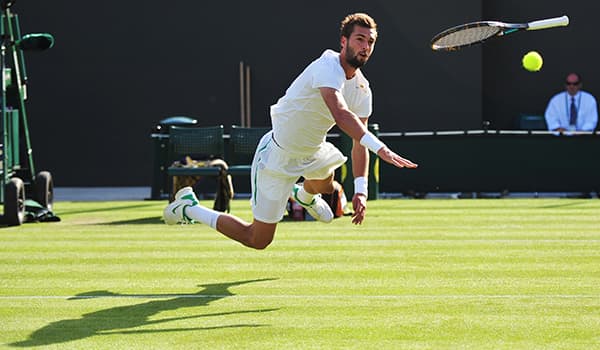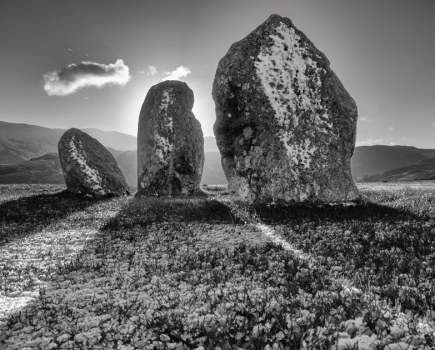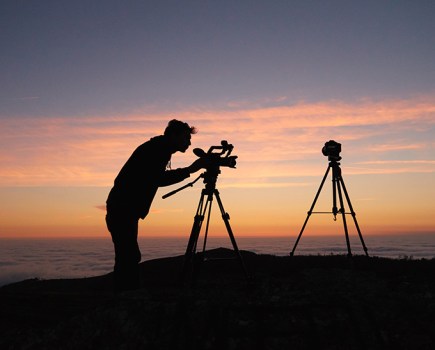Keeping photographs sharp, especially in tough or rushed conditions, can be difficult, even with modern DSLRs. Some of the UK’s top professionals speak to Geoff Harris about how they stay focused on the job.
Sport and news photography
Leon Neal
Leon is an award-winning staff photographer with AFP news agency, London. He covers news and sport, which is quite unusual for press photographers these days, so he’s at the sharp end of camera focusing. If his images are soft, they are not accepted by AFP’s picture editors or clients. Visit www.leonneal.com/albums
Leon’s tips for sports and news focusing
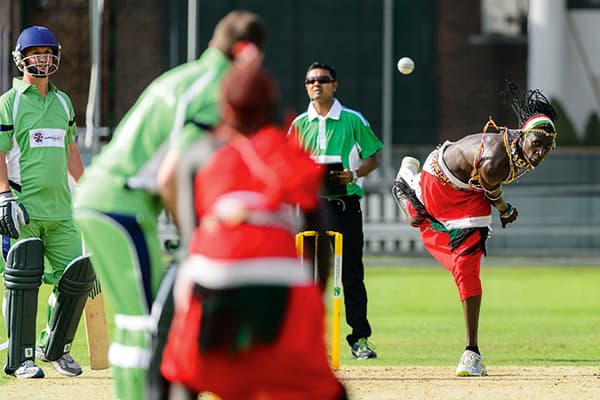
Taking control of AF is essential for effective sports photography – don’t leave it to the camera to get it right
Soft, slightly blurry shots are the bane of the serious photographer’s life, and even a slight lack of sharpness in critical areas can be enough to spoil a pixel peeper’s day (the 100% view in Lightroom is not for the faint-hearted).
Even if you think you are setting autofocus points correctly, things can still go wrong just as you press the shutter button. What’s more, poor focusing technique will be ruthlessly revealed by the latest high-resolution DSLRs such as the Nikon D810 and Canon EOS 5DS. It’s a problem that pro photographers have to wrestle with constantly, because even slightly ‘off’ focusing can make the difference between getting a big commission or winning a prestigious prize, and ending up as an also-ran.
Over the next few pages, some top pros share their tips for more effective autofocus, and we also check out a new service offering DSLR lens and body calibration at a competitive price.
Top tip
‘Don’t be afraid to move your focus point,’ is Leon’s biggest tip. ‘Framing your images around the centre point means 40% of the frame has unintentional dead space.’
Leon doesn’t get his lenses calibrated, but notes that the new Nikon D5 has the option to calibrate lenses to the body in seconds. ‘It will become part of my routine,’ he says. Leon doesn’t use manual focus at all, but will pre-focus when shooting events that happen very quickly.
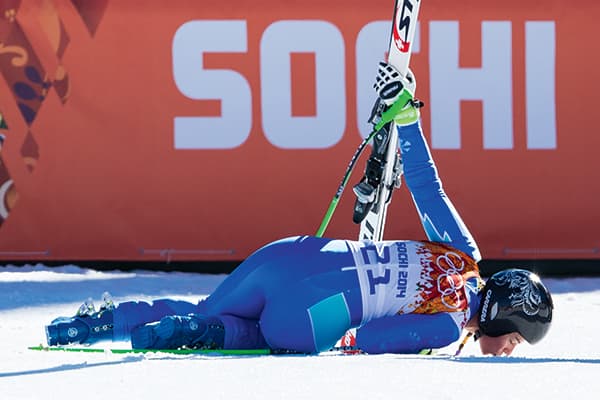
You need to focus carefully with static subjects; this may involve changing to single-point AF
How Leon sets up AF on his Nikon DSLR
1.‘I always shoot in continuous AF mode, whatever the situation. I find that on Nikon cameras the focus is intelligent enough to recognise when a subject is moving.’
2. ‘I tend to vary the focus-point range between 9 and 21, depending on how erratic the movement of the subject is. In tennis, for example, it’s about following very fast, unpredictable movements.’
3. ‘I have used back-button focusing for a decade, as it makes so much more sense to me. Being able to lock my exposure with the shutter release while focusing with the back button seems the logical way to work.’
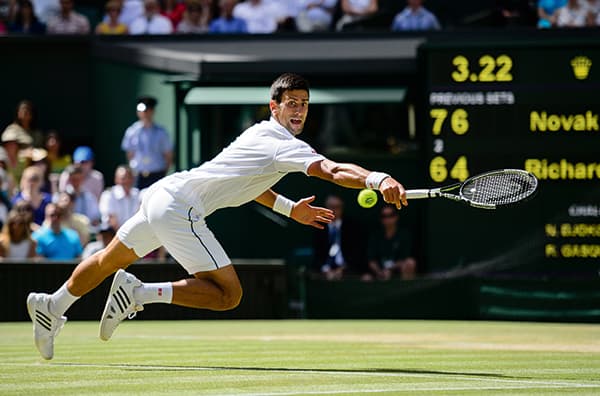
Continuous focus is also vital to keep track of fast-moving subjects, like tennis players
Travel photography
Steve Davey
Steve is a travel photographer and author whose work has appeared in Wanderlust, Lonely Planet and the national press. He regularly runs workshops all over the world. Visit www.stevedavey.com
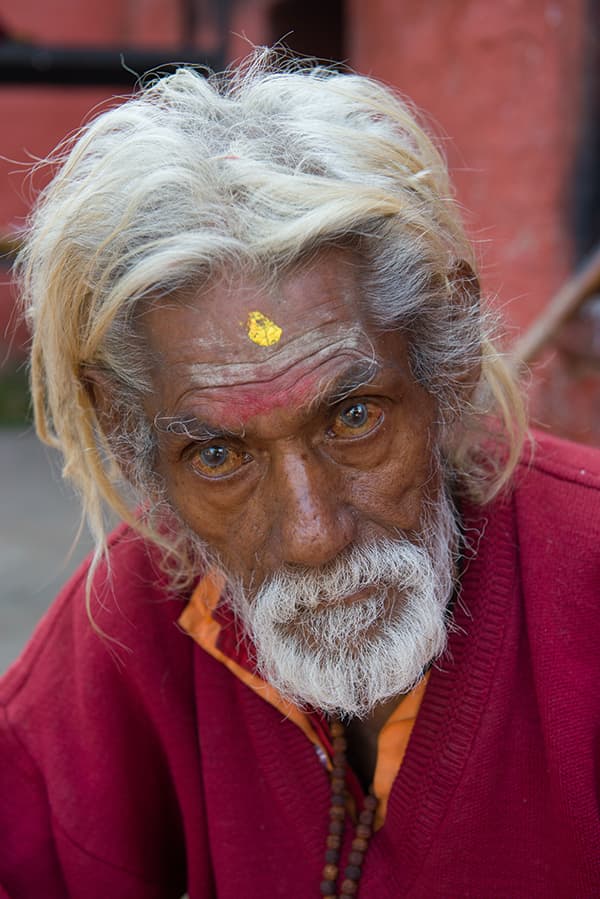
When it comes to portraits, always focus carefully on the subject’s eyes
Top tip
Steve emphasises the importance of taking control of AF yourself. Most of the time he’s on continuous focus mode. ‘Just be aware of the slight delay as the camera focuses,’ he says. Steve eschews back-button focusing and has fine-tuned AF in a few telephoto lenses.
‘The pro Nikon cameras will remember the lens and adjust. A good way to do this is to tether the camera to a laptop, stick it on a tripod and shoot a sloping roof. You’ll see whether the image is soft in front of, or behind the point you are focusing on.’
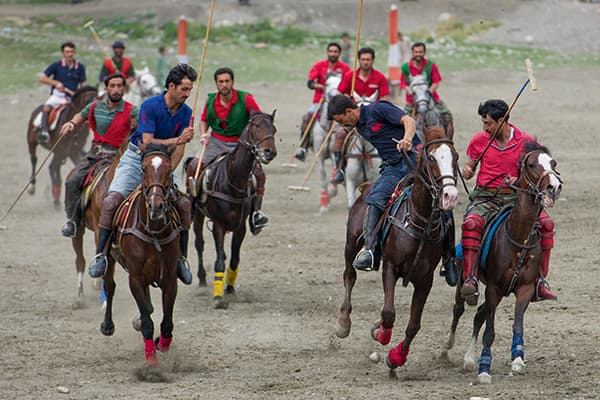
For moving subjects, Steve uses auto area AF mode with continuous focus; the camera should track the subject
How Steve sets up AF on his Nikon DSLR
1.‘I like standardisation as much as possible. It’s pointless for your camera to have the fastest, most accurate customised modes if you need to keep diving into menus to select optimum settings and risk missing a shot.’
2. ‘I have my SLR set to continuous AF and a single-point focus so I can pinpoint the subject without needing to focus and recompose. If I want to lock the focus, I simply use the lock button.’
3. ‘A refinement to this is Nikon’s 3D focus, which works in exactly the same way as the single-point focus (in that you can move it around in the same way), but it will track any movement in the frame once it has locked on.’

If your subject is outside the range of AF points, consider using the focus and recompose method
Nature and wildlife photography
Ben Hall
Ben is one of the UK’s best-known wildlife and nature photographers. His work has appeared everywhere from BBC Wildlife magazine to The Countryman. He sells images via Getty and RSPB, and runs courses. Visit www.benhallphoto.com
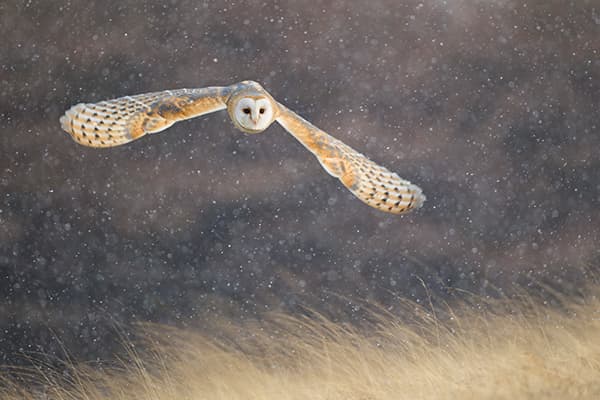
This is a brilliant example of how continuous AF can deliver great results with moving wildlife – the clean background helps too
How Ben sets up his Canon DSLR
1.‘For static subjects, I prefer to use one-shot mode on my Canon EOS-1D X. I move the focusing point around the frame, as this enables me to compose the image and then fire the shutter without having to lock the focus and recompose every time.’
2. ‘When shooting moving subjects, I switch to predictive focus mode and use either the AF point expansion to create a larger focusing area, or the auto selection using all 61 AF points. For a moving subject against a relatively clean background, I opt for the auto-selection mode. I can compose the image as I pan, and the DSLR automatically tracks the subject.’
3. ‘The Canon EOS-1D X features six different autofocus presets (Case 1 to Case 6). Each one changes the predictive focus characteristics and sensitivity variables. For larger, slower-moving subjects, I prefer Case 2. For fast-moving subjects such as small birds, I prefer Case 5. This increases the sensitivity slightly and is more effective for fast panning.’
Top tip
‘When it comes to setting up AF, you need to know your camera inside out,’ says Ben. ‘Stay familiar with the controls, even if you don’t take any pictures doing so.’
When AF struggles, such as when shooting in the middle of a blizzard, Ben switches to manual and pre-focuses the camera in front of the subject, firing a burst of frames as the subject passes the plane of focus. ‘Selecting a smaller aperture to increase depth of field helps to achieve a greater hit rate,’ he adds.
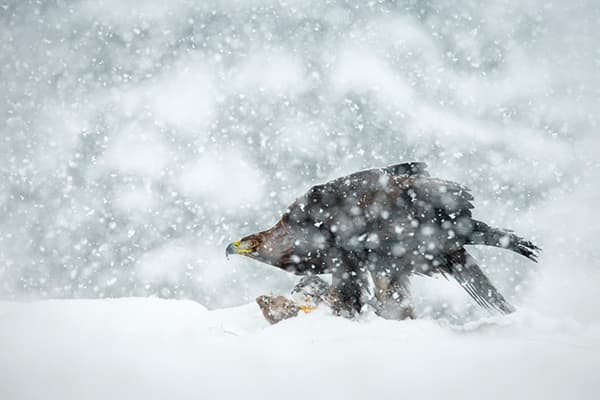
In tough weather conditions such as snow, you often need to eschew AF altogether and switch to manual focus
Street photography
Matt Hart
Matt is a well-known street photography specialist and is a Fujifilm X-Photographer. Visit lighttraveler.smugmug.com

The challenge in street work is to stay discreet
How Matt sets up his Fujifilm mirrorless
1.‘My X-series cameras have three focusing options: single shot, continuous and manual. I use single for static and continuous for moving.’
2. ‘I then select the area of focus within the frame, depending on the subject.’
3. ‘I can change the size of this focus area, from pinpoint to a much larger area.’
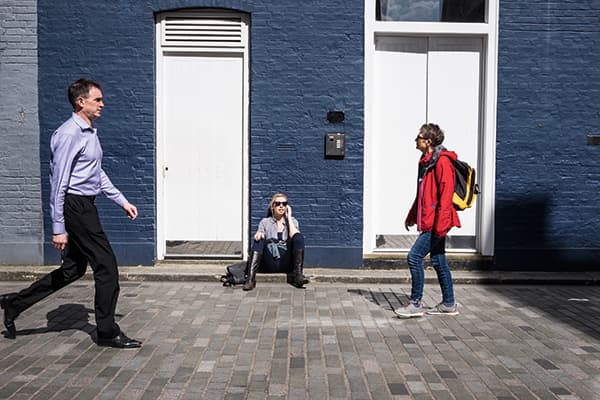
When using the flip-out screen to compose, careful AF-point positioning is also vital
Top tip
For street work, Matt believes you should get used to shooting via the rear screen rather than the viewfinder. His is the ‘zone focusing’ technique – prefocusing the camera a certain distance and shooting subjects in that range. He highlights a new feature in the Fujifilm X-T1 and X-T10 called ‘tracking focus’. ‘You can lock onto a subject and the camera will “follow” it for you to ensure sharp focus,’ he says.

You can prefocus on an area and wait for passers-by
News and documentary photography
Matt Cardy
You’ll probably know Matt’s images even if you don’t recognise the name – he’s a top Getty press shooter who took ‘the single most amazing photo of the supermoon’ last year behind Glastonbury Tor, according to Time. He was named Photojournalist of the Year in 2013. Visit www.mattcardy.blogspot.co.uk
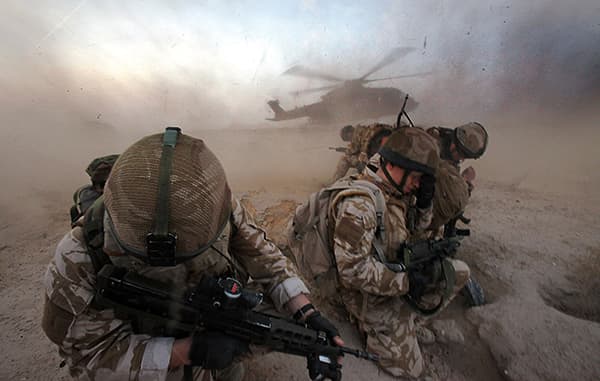
For fast-moving news stories, accurate continuous focusing is absolutely essential
How Matt sets up his Canon DSLR
1.‘I am on AF servo (continuous) by default, but switch to one shot if I am doing more static, feature-related stuff or portraits. AF servo is essential when photographing court and sport, particularly when I’m shooting people coming out of courts of law, or am photographing big sporting events and festivals.’
2. ‘The EOS-1D X and 5D Mark III have numerous focusing points. I use single-point AF but with nine AF boxes illuminated, so if I’m on AF servo at least one of the points will be accurate.’
3. ‘I’m happy moving AF points around but don’t need to set up back-button focusing, which I know lots of sport photographers swear by.’
Top tip
‘My tip is to learn about all the AF modes on your camera so you can take control and move AF points over the critical areas,’ he says. ‘In a hectic and crowded news “bunfight” you need to be sure you’re focusing in the right place, and can’t rely on the camera doing it for you’
Matt reckons he’s able to get away with AF most of the time but will switch to manual mode when shooting at night, or where he wants to be absolutely sure an area is critically sharp – the subject’s eye in a portrait, for example.
Portrait photography
John Nasseri
John is a portrait photographer and teacher who is also an Olympus Visionary. His latest project is 80at80, which celebrates 80 years of Olympus cameras. See
www.johnnassari.co.uk
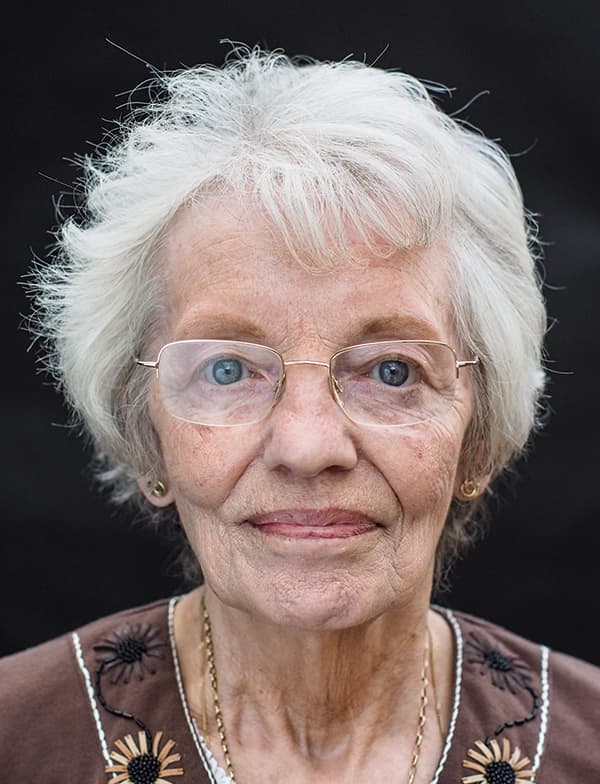
How John sets up AF on his Olympus cameras
1.‘I normally set the AF to one shot, although I will use continuous shooting mode for a moving subject.’
2. ‘Always focus on the eye. It’s so important in portrait photography.’
3. ‘Activate focus peaking, which will enable you to check that everything is sharp when focusing manually.’
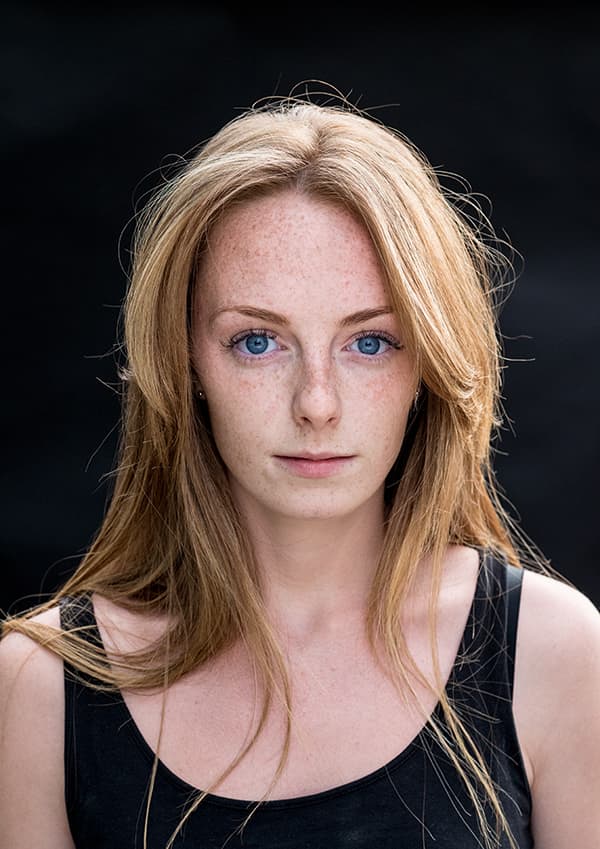
Careful aperture selection is also important – it’s not only about putting the AF points on the eyes
Top tip
‘For portraits, focus on the eye and stop down a bit,’ says John. ‘So I would close f/1.8 to f/3.2, or f/2 to f/4.’ John’s favourite lenses for portraits are the Zuiko 75mm f/1.8, 60mm f/2.8 macro and 45mm f/1.8. He will also use manual focus if there is no rush to shoot.
Calibration station
Getting your DSLR lenses and bodies professionally calibrated for top AF performance used to be an expensive and complex process, particularly when done by the big camera makers. A relatively new company, Camera Focus Support Services (CFSS), claims to do it much more cheaply, with packages starting at £199.
Founder Jon Mullins talks us through the process: ‘We calibrate the lenses individually to each camera body. Calibrating a camera body on its own, or a lens on its own, makes no sense as they need to be tuned together.
‘Remember, even a “kit” of camera and lens is still two individually made items that are then sold in a box together – they haven’t been focus-calibrated to each other. They will have been set to a manufacturer’s tolerance per item, but this will vary.’
Mullins claims some major successes in improving DSLR and lens AF performance, and notes that third-party AF lenses from Tamron, Sigma and Tokina also benefit from being focus-calibrated to each camera body. So why wouldn’t tech-savvy photographers simply calibrate their gear themselves?
‘We use FoCal Pro software, which people can buy themselves or have a FoCal test centre carry out the service for them (CFSS is one of only three recognised FoCal test centres in the UK and Ireland). But to carry out the calibration yourself you would need a consistent light source and a test area a minimum of 6.5m long to test a 200mm lens – plus a lot of patience and understanding of the quirks of the software.’
Mullins says the quality and condition of the lenses are a big factor in the length of a test, because of hidden element misalignment issues inside some lenses due to a knock or quality control during manufacture. Visit www.camerafocussupportservices.co.uk

